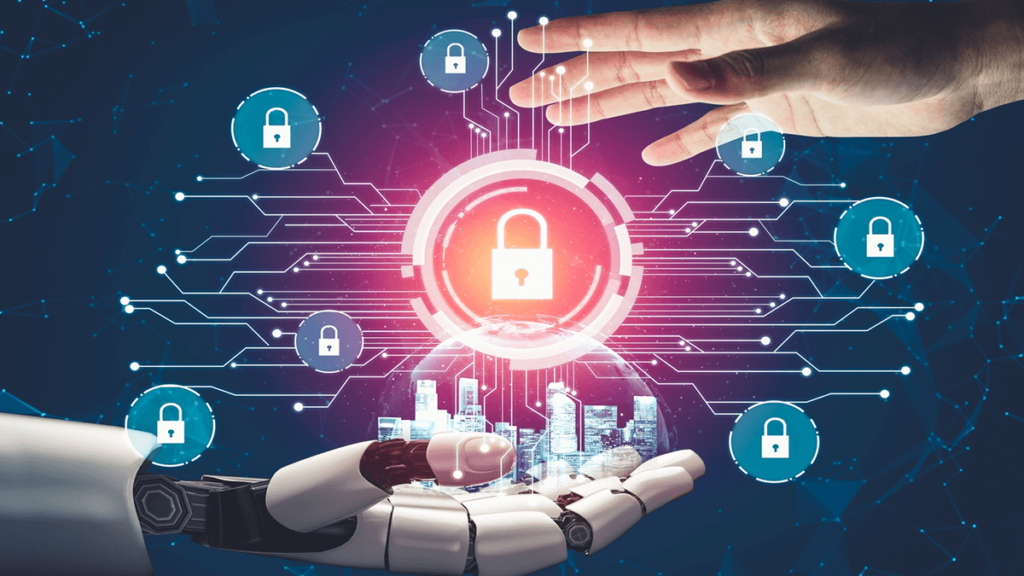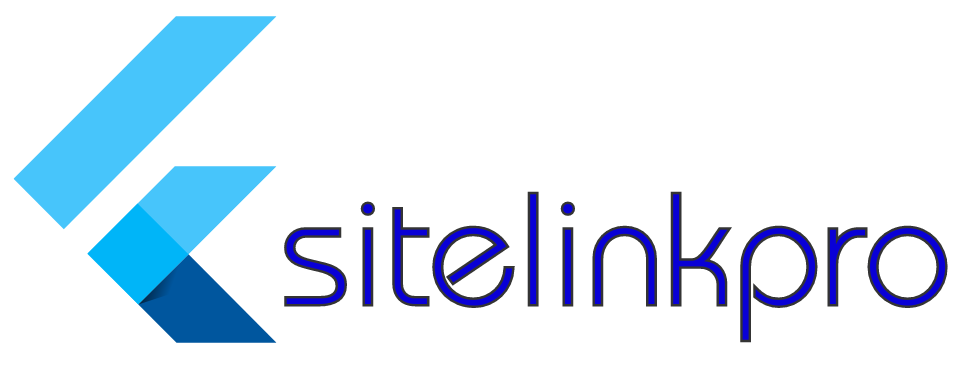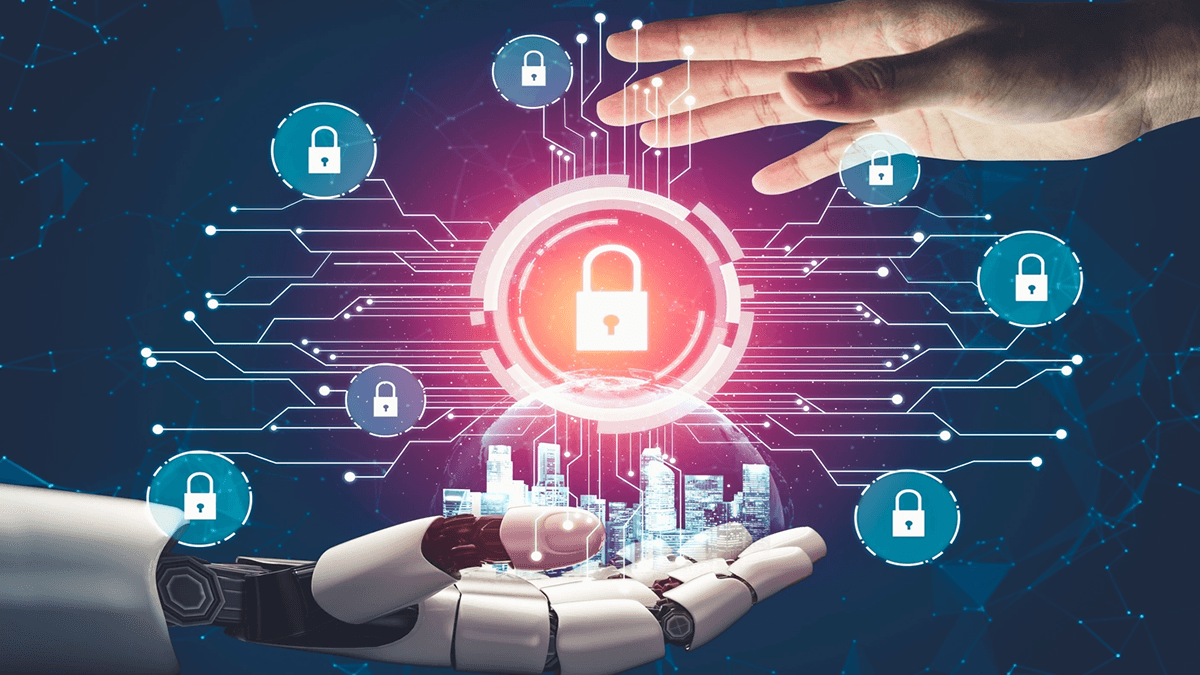
In today’s increasingly interconnected world, the rapid growth of the Internet of Things (IoT) and Artificial Intelligence (AI) is transforming how we live and work. From smart homes and cities to automated manufacturing systems and healthcare devices, IoT and AI are revolutionizing industries across the board. However, as these technologies become more integrated into our daily lives, the risks associated with cybersecurity are multiplying. Ensuring the protection of data, privacy, and critical infrastructure in this hyperconnected world is now more important than ever.
The Rise of IoT and AI
IoT refers to the vast network of physical devices that are connected to the internet, exchanging data with each other and with centralized systems. This includes everything from smartphones, smart appliances, and wearables to industrial sensors and smart city infrastructure. According to recent estimates, the number of IoT devices worldwide is projected to reach over 30 billion by 2030.
AI, on the other hand, is playing a crucial role in enhancing the capabilities of IoT systems. AI algorithms process vast amounts of data collected by IoT devices, making real-time decisions and automating complex processes. From predictive maintenance in factories to personalized health monitoring, AI-powered IoT systems offer immense benefits in terms of efficiency and productivity.
However, the very connectivity and intelligence that make IoT and AI powerful also introduce significant vulnerabilities. Every connected device represents a potential entry point for cyberattacks, and the growing complexity of these systems increases the difficulty of securing them.
Cybersecurity Challenges in IoT and AI
- Data Breaches and Privacy Concerns: With billions of devices collecting, storing, and transmitting sensitive data, the risk of data breaches is higher than ever. Hackers can exploit vulnerabilities in poorly secured IoT devices to gain access to personal data, financial information, or even confidential corporate data. Inadequate encryption and weak authentication mechanisms are common issues in many IoT devices, making them prime targets for attackers.
- Botnets and Distributed Denial of Service (DDoS) Attacks: One of the most notorious examples of IoT-related cyberattacks is the Mirai botnet attack in 2016, where hackers gained control of thousands of IoT devices, such as cameras and routers, and used them to launch a massive DDoS attack. This attack crippled major websites and demonstrated the potential scale of damage that compromised IoT devices can cause. Botnets networks of infected devices can be controlled remotely by hackers to carry out large-scale attacks on critical infrastructure, financial institutions, or online services.
- AI-Powered Attacks: While AI offers many benefits in cybersecurity, it can also be used by attackers to develop more sophisticated and automated attacks. AI-driven malware, for example, can learn and adapt to bypass traditional security defenses, making it harder for cybersecurity systems to detect and respond. AI can also be used to automate the discovery of vulnerabilities in systems, allowing attackers to exploit them faster than ever before.
- Supply Chain Vulnerabilities: IoT devices often rely on components from various manufacturers, which increases the risk of supply chain attacks. Hackers can compromise a single component during the manufacturing process and use it as a backdoor into an entire network of devices. Insecure supply chains pose a major threat to both individual consumers and large enterprises that rely on interconnected devices for their operations.
Solutions for Securing a Hyperconnected World
- Implementing Strong Authentication and Encryption: One of the foundational steps to improving IoT security is implementing stronger authentication mechanisms, such as multi-factor authentication (MFA) and biometric identification. This ensures that only authorized users can access sensitive devices and data. Encryption of data, both at rest and in transit, is essential to protecting information from unauthorized access.
- Regular Firmware Updates: Many IoT devices are designed with limited security features, and manufacturers often release firmware updates to patch vulnerabilities. However, many users neglect to update their devices, leaving them exposed to known exploits. Encouraging and automating regular updates for IoT devices is critical for maintaining security.
- AI-Enhanced Security Systems: AI can be leveraged to improve cybersecurity by detecting anomalies and unusual patterns in network traffic that may indicate a cyberattack. Machine learning algorithms can continuously analyze data to identify potential threats and respond in real-time, making it more difficult for attackers to succeed. AI-powered systems can also predict and mitigate threats before they cause damage.
- Segmentation and Network Monitoring: By segmenting networks and isolating critical systems from less secure IoT devices, organizations can minimize the impact of a potential breach. Monitoring network traffic and establishing clear security protocols can also help in detecting and responding to cyberattacks more effectively.
Role of Digital Tools in Content Creation
As we navigate the complexities of cybersecurity, it’s crucial for researchers, educators, and professionals to communicate these issues clearly and effectively. Sitelinkpro provides a suite of digital tools that can assist in content creation and communication. For example, the PNG to JPG converter allows users to quickly convert image files, optimizing them for use in presentations, reports, or online content. The English dictionary tool ensures that the language used in technical and complex topics is precise and accessible, helping to break down complicated concepts for wider audiences. Additionally, the background remover tool helps in creating visually appealing and professional graphics by easily removing unwanted backgrounds from images.
These tools can be invaluable for cybersecurity experts and educators who need to produce clear, visually engaging content that effectively communicates the importance of protecting our increasingly connected world.
As IoT and AI continue to reshape industries and everyday life, the challenges of securing this hyperconnected world become more pressing. Cybersecurity must evolve in step with these technologies to protect against data breaches, AI-driven attacks, and other emerging threats. By implementing strong security measures, leveraging AI for defense, and utilizing digital tools like those offered by Sitelinkpro, individuals and organizations can work to safeguard the future of a connected world.




